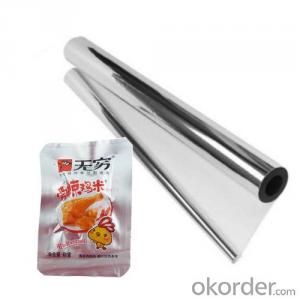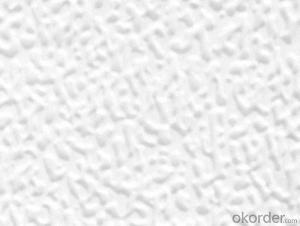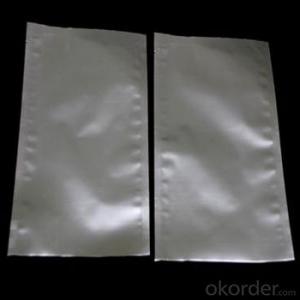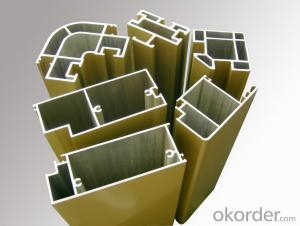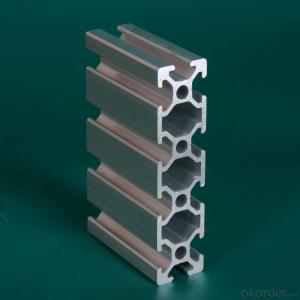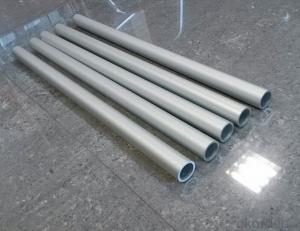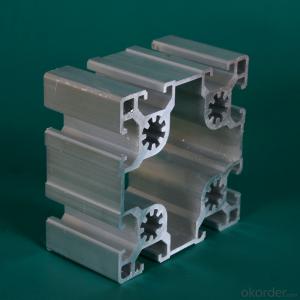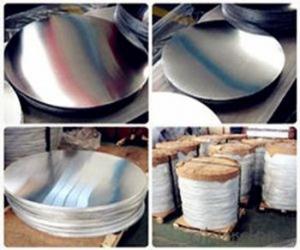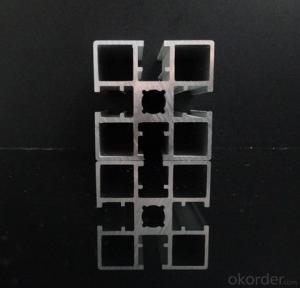Grades Of Aluminum Plate
Grades Of Aluminum Plate Related Searches
Shiny Or Dull Side Of Aluminum Foil For Cooking Inverter For 100w Solar Panel Solar Panel Inverter For Rv Pvc Tiles For Walls Wall Lights For Bedrooms Inverter Ac With Solar Panel Solar Panel With Inverter Kit Solar Panel Kits With Inverter Solar Panel With Inverter Direct Roving For PultrusionHot Searches
Type Of Inverter For Solar Price Of Shipping Containers For Sale Types Of Inverter For Solar Used Sandwich Panel For Sale Bags Of Cement For Sale Pvc Chairs For Sale Tilt Panel Props For Sale Types Of Temporary Side Panels For Cement Deck Cost Of Awnings For Decks Type Of Scaffolding With Pdf Price Of Scrap Stainless Steel Price Of Stainless Steel Scrap Price Of Stainless Steel Type Of Stainless Steel Types Of Stainless Steel Grades Types Of Stainless Steel China Aluminum Coil Factory pvc pipe manufacturers in usa Sandwich Panel Price In India Aluminum Corp Of China StockGrades Of Aluminum Plate Supplier & Manufacturer from China
Okorder.com is a professional Grades Of Aluminum Plate supplier & manufacturer, offers integrated one-stop services including real-time quoting and online cargo tracking. We are funded by CNBM Group, a Fortune 500 enterprise and the largest Grades Of Aluminum Plate firm in China.Hot Products
FAQ
- There are several different types of surface protection options available for aluminum profiles. These options are designed to enhance the durability and aesthetics of the aluminum profiles and provide protection against various environmental factors. 1. Anodizing: Anodizing is one of the most common methods of surface protection for aluminum profiles. It involves creating a protective oxide layer on the surface of the aluminum through an electrochemical process. Anodizing provides excellent corrosion resistance and can be done in various colors. 2. Powder Coating: Powder coating involves applying a dry powder to the surface of the aluminum profiles, which is then cured under heat to form a protective layer. Powder coating offers a wide range of color options, excellent durability, and resistance to scratching, chipping, and fading. 3. Paint: Painting is another option for surface protection of aluminum profiles. It involves applying a liquid paint coating to the surface, which provides both protection and aesthetic enhancement. Paint can be customized in terms of color, texture, and finish, but it may not be as durable as other options. 4. Clear Coating: Clear coating is a transparent protective layer that can be applied to aluminum profiles. It provides a glossy finish while preserving the natural appearance of the aluminum. Clear coating offers protection against corrosion, UV radiation, and other environmental factors. 5. Cladding: Cladding involves covering the aluminum profiles with another material, such as stainless steel or composite panels. This provides additional protection against corrosion and wear, while also adding aesthetic appeal and design versatility. 6. Film/Protective Tape: Applying a temporary film or protective tape to the surface of aluminum profiles can provide short-term protection during transportation, installation, or construction. These films or tapes can be easily removed after use, leaving the aluminum profile intact. Each of these surface protection options has its own advantages and disadvantages, and the choice depends on the specific requirements of the application, desired aesthetics, budget, and expected environmental conditions.
- Yes, aluminum profiles are suitable for material handling equipment. Aluminum profiles offer several advantages that make them an ideal choice for material handling applications. Firstly, aluminum is lightweight yet strong, which makes it easier to handle and transport materials. This is especially beneficial for equipment that needs to be maneuvered or transported frequently. Secondly, aluminum profiles have excellent corrosion resistance properties, making them suitable for both indoor and outdoor material handling applications. This durability ensures that the equipment can withstand harsh environments and maintain its structural integrity over time. Additionally, aluminum profiles can be easily customized and assembled to create various types of material handling equipment, such as carts, conveyors, and shelving systems. The versatility of aluminum profiles allows for flexibility in design and adaptability to different material handling requirements. Furthermore, aluminum is a sustainable material as it is 100% recyclable. Choosing aluminum profiles for material handling equipment aligns with environmentally friendly practices and reduces the carbon footprint. In summary, aluminum profiles are indeed suitable for material handling equipment due to their lightweight yet strong nature, corrosion resistance, versatility in design, and sustainability.
- Indeed, electrical grounding applications find aluminum profiles to be a fitting choice. The high conductivity of aluminum enables it to proficiently transport electrical currents and disperse any conceivable electrical charges. In the realm of electrical grounding systems, aluminum profiles are frequently employed for grounding bars, busbars, and grounding conductors. They offer a dependable and long-lasting solution for establishing a low-resistance pathway, ensuring the secure flow of electrical currents towards the ground. Moreover, the exceptional corrosion resistance properties of aluminum profiles enhance their aptness for grounding applications, whether indoors or outdoors.
- To avoid galling or seizing in aluminum profiles, several steps can be taken: 1. Apply lubricant: Use a suitable lubricant on the contact surfaces of the profiles. This reduces friction and heat, preventing galling or seizing. Be sure to choose a lubricant specifically made for aluminum to avoid any negative reactions. 2. Utilize surface treatments: Implement anodizing or protective coatings on the profiles. These treatments create a barrier between the profiles, minimizing direct metal-to-metal contact and decreasing the likelihood of galling or seizing. 3. Ensure proper design and materials: Make sure the profiles and their mating components have sufficient clearance and a proper fit. Avoid tight tolerances that can cause excessive contact pressure, which increases the risk of galling. Additionally, select materials with compatible hardness and avoid using dissimilar metals that may lead to galvanic corrosion. 4. Keep things clean: Maintain cleanliness by regularly cleaning the profiles and their mating surfaces, removing any dirt, debris, or contaminants. Foreign particles can increase friction and contribute to galling or seizing. 5. Implement regular maintenance: Establish a preventive maintenance program that includes periodic inspection, cleaning, and lubrication of the profiles. This helps identify any issues early on and ensures smooth operation over time. By following these preventive measures, the risk of galling or seizing in aluminum profiles can be minimized, resulting in longer-lasting performance.
- Yes, aluminum profiles can be used for solar panel installations. Aluminum is a commonly used material in the construction industry due to its lightweight, durability, and resistance to corrosion. These characteristics make it an ideal choice for supporting and mounting solar panels. Aluminum profiles can be easily fabricated and customized to fit specific installation requirements, such as roof or ground mounting systems. Moreover, aluminum has excellent thermal conductivity, allowing for efficient heat dissipation from the solar panels, which is crucial for maintaining their performance and lifespan. Additionally, aluminum profiles are often used for framing solar panels, providing structural support and ensuring their stability in various weather conditions. Overall, aluminum profiles are a popular choice for solar panel installations due to their strength, longevity, and adaptability.
- There are several different powder coating options available for aluminum profiles, each offering unique advantages and characteristics. 1. Polyester powder coating: This is the most common and economical option for aluminum profiles. It provides excellent UV resistance and color retention, making it suitable for both indoor and outdoor applications. Polyester powder coatings are available in a wide range of colors and finishes, including matte, glossy, and textured. 2. Epoxy powder coating: Epoxy coatings offer excellent adhesion and corrosion resistance, making them suitable for demanding environments such as marine or industrial applications. They have good chemical resistance and are often used as a primer before applying a topcoat for added durability. 3. Polyurethane powder coating: Polyurethane coatings provide exceptional durability and resistance to abrasion, making them ideal for high-traffic areas or surfaces that are prone to wear and tear. They offer excellent color retention and gloss retention, ensuring a long-lasting finish. 4. Fluoropolymer powder coating: Fluoropolymer coatings, such as PVDF (polyvinylidene fluoride), are known for their outstanding resistance to chemicals, UV radiation, and weathering. They are highly durable and provide excellent color retention, making them suitable for architectural applications where long-term performance is essential. 5. Hybrid powder coating: Hybrid coatings are a combination of epoxy and polyester resins, offering a balance of excellent adhesion and color retention. They provide good weather resistance and are often used in general-purpose applications where cost-effectiveness is a priority. It's important to consider the specific requirements of your project when choosing a powder coating option for aluminum profiles. Factors such as intended use, environmental conditions, and desired aesthetics will help determine the most suitable option for achieving the desired performance and appearance.
- Yes, aluminum profiles are suitable for the furniture industry. They are lightweight, durable, and have a sleek and modern appearance. Additionally, aluminum profiles can be easily customized and shaped into various designs and sizes, making them versatile for different furniture applications. They are also resistant to corrosion and weathering, making them suitable for both indoor and outdoor furniture.
- To achieve accurate alignment and precision when utilizing aluminum profiles, there are several crucial measures that can be implemented: 1. Opt for top-notch aluminum profiles that are manufactured with utmost precision and possess consistent dimensions. This will minimize profile variations and facilitate the attainment of accurate alignments. 2. Before commencing any assembly, meticulously cleanse the profile surfaces and any connecting elements like brackets or connectors. This will eliminate any dirt, dust, or debris that may hinder the alignment process. 3. Employ precise measuring tools such as rulers, calipers, or laser levels to meticulously measure and mark the intended positions for the profiles. This will guarantee correct alignment from the outset. 4. When connecting or joining multiple profiles, utilize alignment aids such as alignment pins or clamps. These aids will assist in holding the profiles in place while adjustments are carried out to achieve proper alignment. 5. Dedicate ample time to meticulously inspect and adjust the alignment at various points along the profile length. This will aid in identifying any inconsistencies or misalignments that may have occurred during the assembly process. 6. Prior to finalizing any connections or securing the profiles in place, thoroughly recheck all measurements and alignments. This will help prevent potential issues or errors that may arise later on. 7. If necessary, utilize shims or spacers to fine-tune the alignment. These minor adjustments can compensate for slight variations or inconsistencies in the profiles or installation surface. 8. Lastly, ensure that all connections and fasteners are securely tightened, without excessive force. Over-tightening can lead to misalignments or distortions, while loose connections can compromise the integrity and accuracy of the assembly. By diligently following these steps and paying meticulous attention to detail, it is possible to achieve proper alignment and precision when utilizing aluminum profiles. This will result in a robust and accurate structure that meets the desired specifications.















